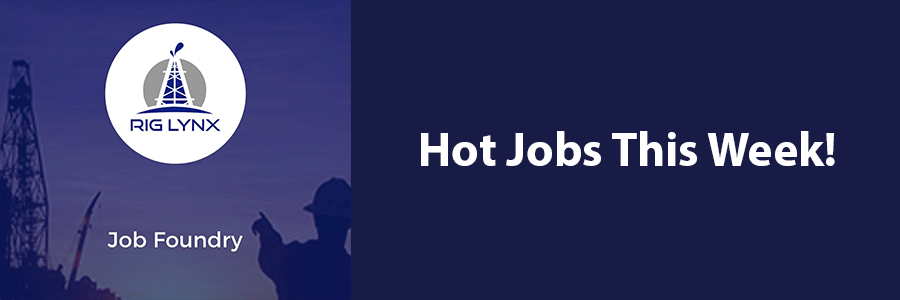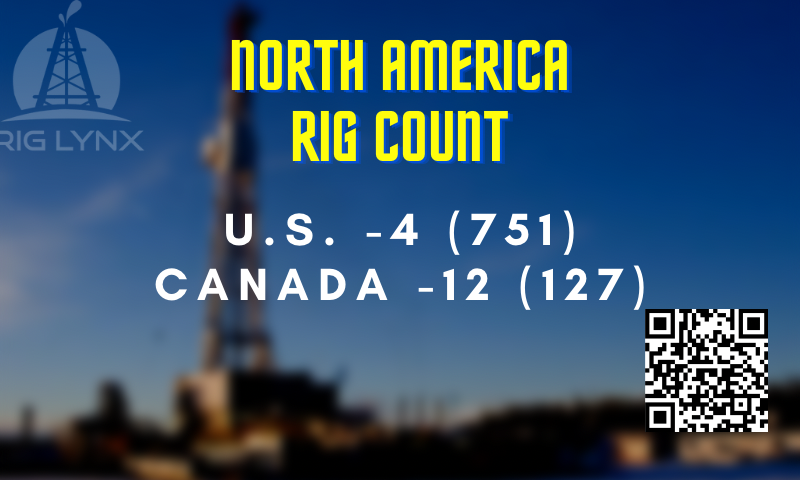
As a result of the novel Coronavirus (COVID-19), approvals for two major ExxonMobil projects in the Stabroek Block have been stalled. This was confirmed with head of the Environmental Protection Agency (EPA), Dr. Vincent Adams.
During an interview with this newspaper, Dr. Adams recalled that ExxonMobil would have initiated steps to pursue a fourth development project at the Hammerhead well by way of an application to the EPA. This was done in early March.
The company, he said, had submitted project details and the public had 28 days since then to submit questions after perusing the project documents.“But given the current situation, we would have to extend the time for the Hammerhead review. Exxon and the EPA have been working together on this. We had meetings planned but there is no practical way of doing this now. Everything to do with Hammerhead is on hold. They (Exxon) would obviously be affected by that,†the official said.
The EPA head also confirmed that approval for the American company to move forward with its third project called Payara has not been issued by his agency. He confirmed as well that the green light was also not provided by the Energy Department. The official said that all government agencies have to take precautions at this point in time while noting that some are already rotating members of staff. He said that this would obviously affect the delivery of services.
HAMMERHEAD PROJECT
ExxonMobil’s Hammerhead project is expected to see the production of 150,000 to 190,000 barrels of heavy oil per day.
The project is expected to last for 20 years and will see 26 to 30 wells being drilled to support extraction of the oil from below the seafloor. Each well will be drilled to some 3500 to 5300 metres below sea level.
Kaieteur News understands that Exxon’s subsidiary, Esso Exploration and Production Guyana Limited (EEPGL) will install some of the oil production facilities on the sea floor at approximately 800 to 1500 metres water depth. These subsea facilities include various types of pipes and hardware. The subsea facilities allow the oil from the wells to be gathered and moved to the surface of the ocean for further processing.
It was noted that EEPGL will use a Floating Production Storage and Offloading Vessel (FPSO) which will have the capacity to produce up to an average of approximately 4,500,000 to 5,200,000 barrels of crude oil per month. The operator noted that these estimates are preliminary and are subject to change.
In addition, it was noted that approximately every seven to eight days, the oil will be pumped from the FPSO to a conventional tanker which is owned and/or operated by others. The tanker will then bring the oil to buyers.At peak, EEPGL will utilise approximately 1200 personnel offshore during the stage where wells are being drilled and the offshore oil production facilities are being installed. It was keen to point out that this number will decrease to 200 personnel during the production operations phase. Further to this, a smaller number of personnel will be utilised at the onshore support facilities.
PAYARA PROJECT
According to documents in the possession of the Environmental Protection Agency, EEPGL’s Payara development will be located in the eastern area of the Stabroek Block which is approximately 190 km (118 miles) from Georgetown.
The operator notes that oil production from Payara is expected to last at least 20 years with startup of the facilities expected to occur approximately in mid-2023.
EEPGL noted that it will drill approximately 35 to 45 wells offshore to support extraction of the oil from below the sea floor. It said that each well will be drilled using a floating drill ship. Also, each well will be directionally drilled to specific reservoir targets generally 4,000 to 5,500 meters (m) below the sea level.
Further to this, EEPGL said it will install some of the oil production facilities on the sea floor at approximately 1,500-1,980 m (4,900-6,500 ft) water depth. It said that these subsea facilities include various types of pipes and hardware.
Kaieteur News understands that the subsea facilities allow the oil from the wells to be gathered and moved to the surface of the ocean for further processing. EEPGL will then install other oil production facilities on a vessel which floats on the surface of the ocean. The vessel is called a Floating Production, Storage, and Offloading (FPSO). It will be moored on location in approximately 1,800-1,980 m (5,900-6,500 ft) of water depth and will remain on location throughout the life of the facility. EEPGL said that oil production facilities on the FPSO will further process the oil extracted from below the sea floor.
The operator also stated that the FPSO will have the capacity to produce up to approximately 180,000 to 220,000 barrels of oil per day. During the early stage of production operations, the FPSO is anticipated to produce up to an average of approximately 5,700,000 to 6,600,000 barrels of crude oil per month. These estimates are preliminary and are subject to change.Further to this, it was noted that the Project is expected to employ up to 600 persons during development well drilling, approximately 600 persons at the peak of the installation stage, and up to about 140 persons during production operations.
Source: Kaieteur News

- Canada – Roughnecks
- UAE – Barge Supervisors
- Mexico – Drillers
- UAE – ROV Personnel
- Norfolk, VA – AB’s
Check out our other current stories!





